#bjørnstjerne bjørnson
Text

Psalmo II
¡Honremos la primavera eterna de la vida que todo lo creó!; hasta lo minúsculo tiene su creación merecida, sólo la forma se perdió.
De estirpes nacen estirpes que alcanzan mayor perfección; de especies nacen especies, millones de años de resurrección.
¡Alégrate tú que tuviste la suerte de participar como flor en su primer septiembre y, en honor a lo eterno, el día disfrutar como ser humano y de poner tu grano en la tarea de la eternidad; pequeño y débil inhalarás un único soplo del día que no acaba jamás!
0 notes
Text
Ein kraftvoller Mystiker und Universalist
Der Literaturnobelpreis 2023 geht an den norwegischen Autor und Dramatiker Jon Fosse. Er werde für seine »innovativen Theaterstücke und Prosa ausgezeichnet, die dem Unsagbaren die Stimme geben«, wie die Königlich Schwedische Akademie mitteilte.
Der Literaturnobelpreis 2023 geht an den norwegischen Autor und Dramatiker Jon Fosse. Er werde für seine »innovativen Theaterstücke und Prosa ausgezeichnet, die dem Unsagbaren die Stimme geben«, wie die Königlich Schwedische Akademie heute in Stockholm mitteilte. Der Norweger galt seit Jahren als Favorit für den Preis, er folgt der französischen Autorin Annie Ernaux und dem in Großbritannien…

View On WordPress
#Abdulrazak Gurnah#Annie Ernaux#Bjørnstjerne Bjørnson#featured#Hinrich Schmidt-Henkel#Jon Fosse#Knut Hamsun#Literaturnobelpreis#Sigrid Undset
0 notes
Text
"Geografi og kjærlighet" (1973) - Tore Breda Thoresen
(Transl.: "Geography and love")




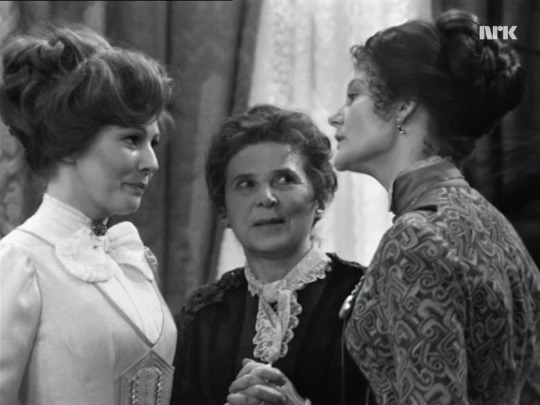
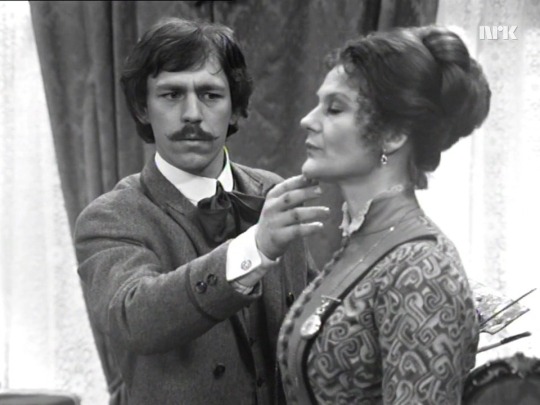

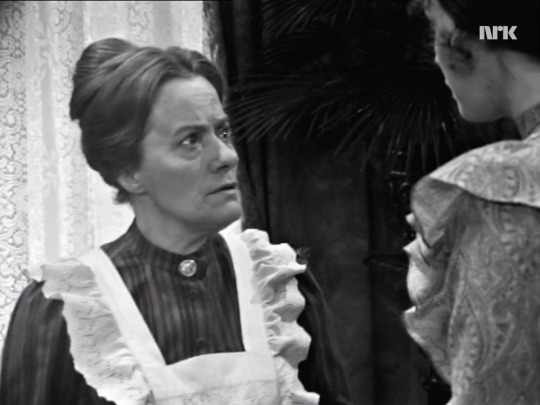

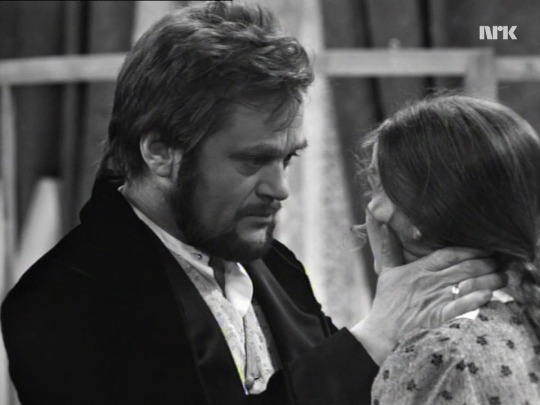
Films I've watched in 2023 (22/119)
#films watched in 2023#Geografi og kjærlighet#Bente Børsum#Lise Fjeldstad#Tor Stokke#Ragnhild Michelsen#Knut Husebø#Wilfred Breistrand#Aud Schønemann#Unn Vibeke Hol#Tore Breda Thoresen#Bjørnstjerne Bjørnson#motionpicturelover's screencaps#FT
0 notes
Photo

I livet går skjønnheten til grunne, men ikke i kunsten
- Bjørnstjerne Bjørnson
437 notes
·
View notes
Text

Kahlil Gibran. Mark Twain. Christa Wolf. Bjørnstjerne Bjørnson. George Eliot. Jhumpa Lahiri. Sappho. Robert Burton. Victor Hugo. William Hope Hodgson. Mark Z. Danielewiski. H.G. Wells.
#literature#quotes#poetry#writeblr#writing prompt#star signs#zodiac signs#khalil gibran#mark twain#christa wolf#bjornstjerne bjornson#george eliot#jhumpa lahiri#sappho#robert burton#victor hugo#william hope hodgson#mark z danielewski#hg wells
17 notes
·
View notes
Photo

Erling Bjørnson, Bjørnstjerne Bjørnsons sønn, på Nedre Aulestad med hest
IDENTIFIER SS-AW-71
AVBILDET PERSON Bjørnson, Erling
History: Glassplatesamling etter Bernt Evenvold (Ben Evans). Samlingen ble tatt vare på av Arne Wold, som var sønn av Evenvolds onkel. Gitt til Maihaugen av Aslaug Wold, enke etter Arne. De fleste motivene er fra Follebu og Lillehammer. De er tatt i perioden 1896-1904, da fotografen reiste til USA. Noen senere kan være tatt av ham ved besøk i Norge i 1923 eller med hans kamera.
Fotografering - 1896 — 1904
FOTOGRAF Evenvold, Bernt (Ben Evans)
INSTITUTION Maihaugen
15 notes
·
View notes
Text
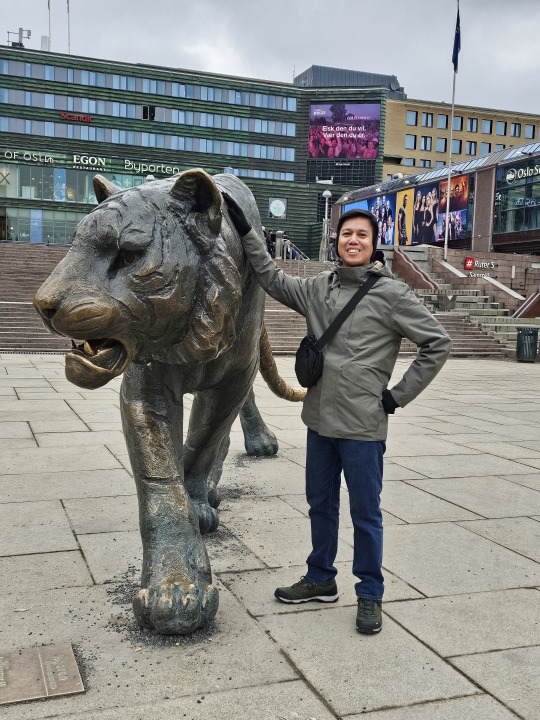
The tiger in front of Oslo Central Station is one of Oslo's most photographed "inhabitants" and one of the first things that meet a visitor arriving at Oslo Central Station. Roviell Cablao travel to Oslo Norway.
When Oslo celebrated its 1000-year anniversary in 2000, Eiendomsspar wanted to give the city a gift. Oslo wanted a tiger, and that's what they got: a 4.5-metre bronze tiger made by Elena Engelsen.

The reason Oslo wanted a tiger, is the city's nickname Tigerstaden ("The Tiger City"), which most Norwegians are familiar with. The name was probably first used by Norwegian poet Bjørnstjerne Bjørnson. His poem "Sidste Sang" from 1870 describes a fight between a horse and a tiger; the tiger representing the dangerous city and the horse the safe countryside.
#roviell#cablao#norway#oslo norway#roviell cablao#roviell cablao europe#roviell cablao norway#roviell cablao oslo#roviell cablao oslo norway#roviell cablao travel#tiger oslo#tiger oslo norway
3 notes
·
View notes
Text

Literary tastes change over time, but it always feels weird to think about authors who used to be widely read, but no longer are. Most prominently in my mind is Bjørnstjerne Bjørnson, who won the Noble Prize in literature but who no one in Norway really reads anymore. His contemporary and rival, Henrik Ibsen, is still hugely popular - even internationally.
I think it's mostly to do with Bjørnson's emphasis on national romanticism, which isn't that popular anymore. If we are to compare him with Ibsen, he wasn't as socially transgressive as him, so there is not the same "ahead of his time" feeling with Bjørnson as there is with Ibsen. And I'm part of this too, I have not read a single full length work by Bjørnson! I did however, really enjoy a silent film based on his novel (or it might have been a play) Synnøve Solbakken, so I will definitely read that, and eventually his other works.
I didn't read any of his poetry in high school, and now that they've changed the curriculum to be more flexible in terms of what books teachers assign, there's not any chance he'll have a comeback soon. But, my opinion on that is a different matter entirely.
You can be instrumental in the formation of a national identity and recieve prestigious awards, but once people are comfortable with and understand their national identity, maybe they don't need it reinforced in this internal way. In Norway today, we are much more obsessed with how people from other countries view us.
4 notes
·
View notes
Text

"The best way to keep a friend is to be one"
- Bjørnstjerne Bjørnson
2 notes
·
View notes
Text
বাংলা ব্লগ পর্ব - ৩২ – নোবেল বিজয়ী ১৯০৩ বিয়র্নস্টিয়ার্ন মার্টিনিয়াস বিয়র্নসন
বিশ্বসাহিত্যের অঙ্গনে বিয়র্নস্টিয়ার্ন মার্টিনিয়াস বিয়র্নসন (Bjørnstjerne Martinius Bjørnson, ১৮৩২-১৯১০) ছিলেন একজন বিশিষ্ট নরওয়েজিয়ান লেখক, কবি, নাট্যকার এবং জনবক্তা। তার সেরা দুই কাজ হল: সাইনোভে সোলবাকেন (Synnøve Solbakken, ১৮৫৭) এবং এন গ্লাড গুট (En glad Gut, ১৮৬০)। কাজগুলোর প্রধান থিমসমূহ হল নরওয়ের জাতীয়তাবাদ, সামাজিক ন্যায়বিচার এবং গ্রামীণ জীবনের বাস্তব চিত্র।
#পথেপথেসাহিত্য#বিশ্বসাহিত্য#আধুনিকসাহিত্য#সাহিত্যেনোবেলপুরস্কার১৯০৩#বিয়র্নস্টিয়ার্নমার্টিনিয়াসবিয়র্নসন#নোবেলবিজয়ী১৯০৩বিয়র্নস্টিয়ার্নমার্টিনিয়াসবিয়র্নসন#নরওয়েজিয়ানলেখকবিয়র্নস্টিয়ার্নমার্টিনিয়াসবিয়র্নসন#নরওয়েজিয়ানসাহিত্য
0 notes
Text

Bjørnstjerne Bjørnson. 22x26cm. Lapiz sobre papel.
0 notes
Text
Edvard Grieg Sigurd Jorsalfar, Suite Op 56

https://rumble.com/v1y06ng-edvard-grieg-sigurd-jorsalfar-suite-op-56.html?mref=17947j&mc=9fatg
Prague Symphony Orchestra, conductor: Vaclav Smetacek "Edvard Grieg Sigurd Jorsalfar, Suite Op. 56" is a captivating musical composition that showcases the talent and creativity of Norwegian composer Edvard Grieg. Edvard Grieg, born in 1843, is widely regarded as one of Norway's greatest composers. Known for his nationalistic and romantic compositions, Grieg's music often drew inspiration from Norwegian folk traditions and landscapes. His works played a pivotal role in establishing a distinct Norwegian musical identity. "Sigurd Jorsalfar" is a three-movement symphonic suite composed by Edvard Grieg. The suite is based on the play of the same name by Bjørnstjerne Bjørnson, which tells the story of the Norwegian king Sigurd I, known as Jorsalfar or "the Crusader." a. Introduction (In the King's Hall): The suite begins with a majestic and regal introduction, evoking the atmosphere of a grand hall filled with nobility. Grieg's use of rich harmonies and grand orchestrations sets the stage for the heroic journey that unfolds throughout the suite. b. Borghild's Dream: The second movement, "Borghild's Dream," is a lyrical and introspective piece that showcases Grieg's ability to create delicate and poignant melodies. The music reflects Borghild's dream as she envisions Sigurd's triumphs and the challenges he will face on his journey. c. Homage March: The final movement, "Homage March," is a triumphant and celebratory piece. It represents Sigurd's victorious return to Norway and the homage paid to him by his subjects. Grieg's use of stirring melodies, rhythmic drive, and powerful orchestration creates a sense of pride and nationalistic fervor. "Sigurd Jorsalfar" is a prime example of Grieg's commitment to incorporating Norwegian folk elements into his compositions. Throughout the suite, Grieg weaves traditional Norwegian melodies and rhythms, infusing the music with a distinct nationalistic flavor. The result is a composition that captures the spirit and essence of Norway's cultural heritage. "Sigurd Jorsalfar" holds great significance both within Grieg's body of work and in the realm of classical music. Grieg's ability to merge elements of Norwegian folklore and nationalistic sentiments with his own unique compositional style showcases his mastery as a composer. The suite remains beloved by audiences for its evocative melodies, emotional depth, and its representation of Norway's rich cultural heritage. "Edvard Grieg Sigurd Jorsalfar, Suite Op. 56" is a testament to the brilliance and innovation of Edvard Grieg as a composer. Through this composition, Grieg successfully captures the heroic journey of Sigurd Jorsalfar, infusing the music with Norwegian folk elements and nationalistic fervor. The suite stands as a testament to Grieg's enduring legacy, showcasing his ability to create evocative melodies and transport listeners to the landscapes and traditions of Norway. "Sigurd Jorsalfar" remains a beloved and significant work within the realm of classical music, captivating audiences with its beauty and cultural significance.
#ClassicalMusic#MusicalComposition#EdvardGrieg#SigurdJorsalfar#NorwegianComposer#OrchestralMusic#SymphonicSuite#NorseMythology#NationalisticMusic#MelodicThemes#ScandinavianFolklore#RomanticEra#HeroicJourney#VikingInfluences#NorwegianIdentity
0 notes
Photo
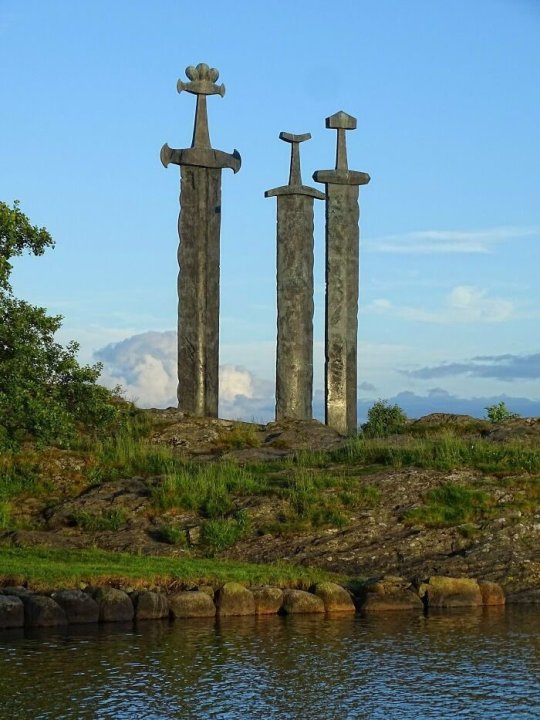
Ja, vi elsker dette landet,
som det stiger frem, furet,
værbitt over vannet, med de tusen hjem, -
elsker, elsker det og tenker
på vår far og mor
og den saganatt som senker
drømmer på vår jord.
Og den saganatt som senker,
senker drømmer på vår jord.
- Bjørnstjerne Martinius Bjørnson, Song for Norway (1864)
Yes, we love this country
as it rises forth,
rugged, weathered, over the water,
with the thousands of homes, -
love, love it and think of our father and mother
and the saga-night that lays
dreams upon our earth.
And the saga-night that lays,
lays dreams upon our earth.
Photo: Sverd i fjell is a commemorative monument located in the Hafrsfjord neighborhood of Madla, just outside of the city of Stavanger, Norway. At the Hafrsfjord, the monument Sverd i fjell (Swords in rock) towers over the bay. The site was most probably where Harald Fairhair gathered Norway into one kingdom in 872. The monument consists of three swords that are fixed into the grown. They symbolise peace, unity and freedom.
67 notes
·
View notes
Text
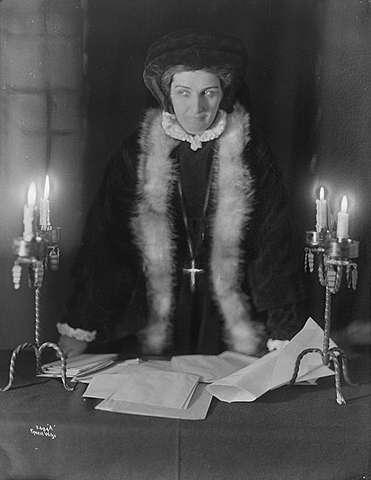
Agnes Mowinckel playing the part of Lady Inger in 1921.
Lady Inger of Ostrat (original title: Fru Inger til Østeraad) is an 1854 play by Henrik Ibsen, inspired by the life of Inger, Lady of Austraat. The play, the third work of the Norwegian's career, reflects the birth of Romantic Nationalism in the Norway of that period, and had a strongly anti-Danish sentiment. It centers on the Scandinavia of 1510–1540 as the Kalmar Union collapsed, the impacts of the Reformation were becoming evident in Norway, and a last desperate struggle was being mounted to maintain Norwegian independence. Its initial sentiments were so strongly anti-Danish that Ibsen ultimately toned them down.
Norwegian literature was virtually nonexistent during the period of the Scandinavian Union and the subsequent Dano-Norwegian union (1387—1814) — Ibsen characterized that period as "Four Hundred Years of Darkness." Ibsen was a major participant in a flood of nationalistic romanticism that followed the "Four Hundred Years of Darkness" and is recognized as one of the great four contributors of this period (the others being Bjørnstjerne Bjørnson, Alexander Kielland, and Jonas Lie). A unity of purpose pervades the whole period, recreation of a national culture based on the almost forgotten past. Subsequent research has shown the play Fru Inger til Østeraad deviates rather liberally from the actual historical events, and should be understood in its context as a statement of nationalism.
#Lady Inger of Ostrat#Henrik Ibsen#Fru Inger til Østeraad#XIX century#Agnes Mowinckel#stage play#theater#photo#photography#black and white
0 notes
Text

Portrait of the Poet Bjørnstjerne Bjørnson
Erik Werenskiold (Norwegian, 1855 – 1938)
0 notes
